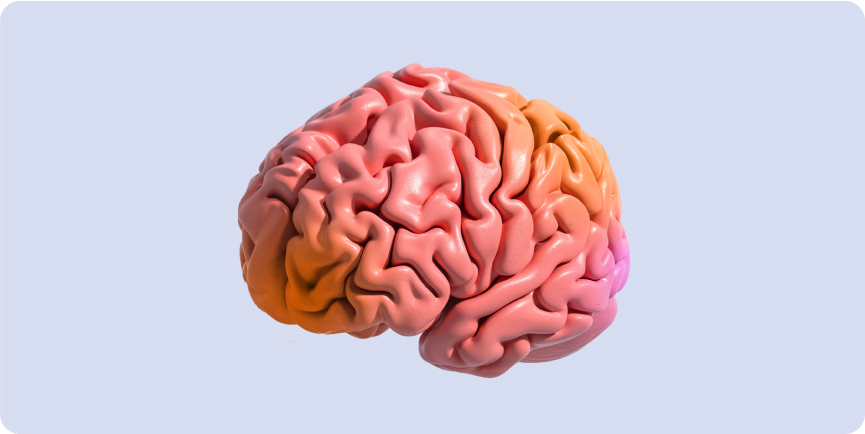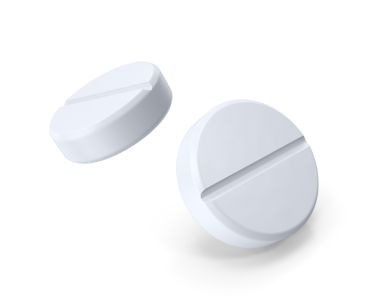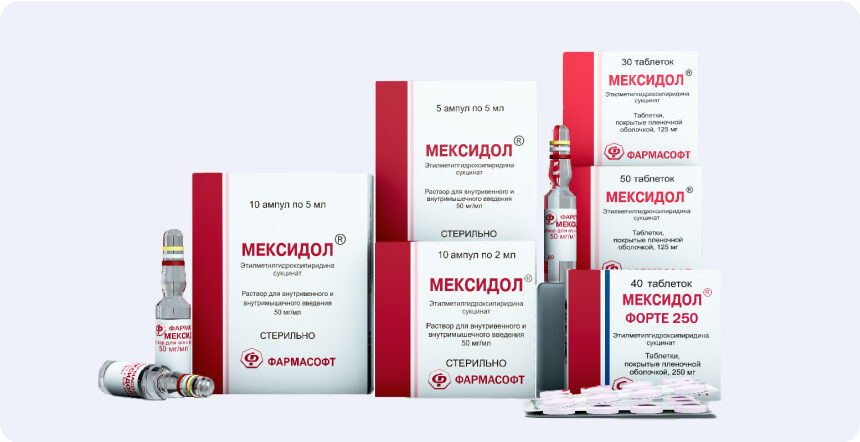1. Ischemic stroke is a damage to the brain, manifested by an acute violation of the local functions of the brain, which lasts more than 24 hours, or leads to death, or confirmed by neuroimaging and other objective research methods, caused by the insufficiency of blood supply in a certain zone of the brain as a result of a decrease in the brain blood flow, thrombosis or embolism associated with diseases of blood vessels, heart or blood.
2. Hemorrhagic stroke - hemorrhage in the brain caused by the rupture of pathologically altered walls of cerebral vessels or diapedue (sample blood cells through the vascular wall).
Both species have their own etiopathogenetic and clinical features.
A share of hemorrhagic stroke accounts for 20 % of all cases of acute cerebrovascular accident. Hemorrhagic stroke includes all forms of non -human
intracranial hemorrhage. The causes of hemorrhagic stroke can be hemorrhages due to the rupture of the aneurysm of the brain (pathological expansion of the lumen of the brain arteria, due to the thinning of the muscle layer of the vessel wall), as well as arteriovenic malformation (vascular development vice).



